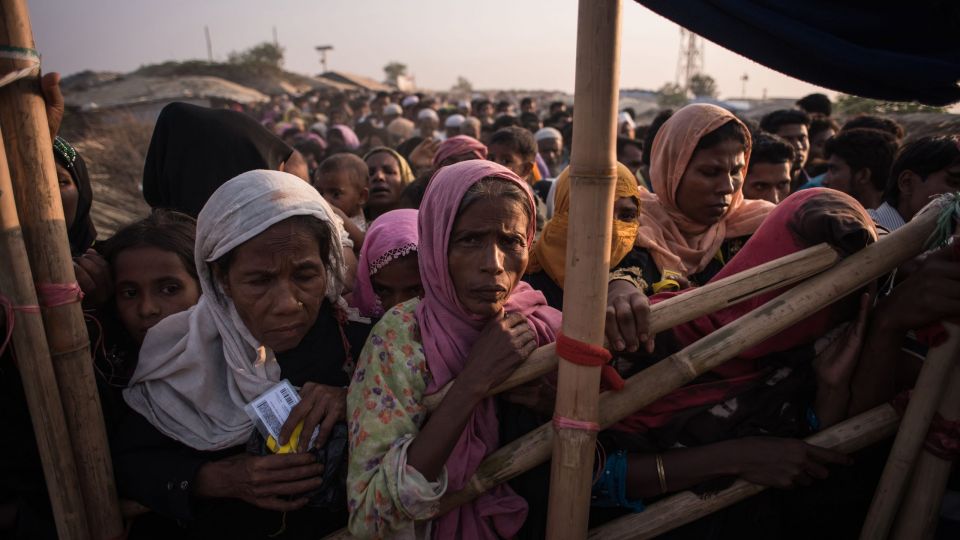April 17, 2018
Having fled stomach-turning violence in Myanmar’s northern state of Rakhine, the lives of the Rohingya refugees may soon be threatened by the monsoon season.
The United Nations has warned that the monsoon season, which typically runs from June to October, will bring new hazards such as floods and landslides.
The risks have been acknowledged by the Bangladeshi government, which has been taking steps to address them.
“With the arrival of monsoon, natural disasters like flood, landslide and cyclone occur. Bangladesh government is aware of it. This is not something new to us. We have elaborated a plan on how to help those people. Extra land has already been allocated,” Foreign Secretary Shahidul Haque said at an international conference earlier this month, according to The Daily Star.
Since August last year, an estimated 687,000 Rohingya – a Muslim ethnic minority in majority Buddhist Myanmar – have fled Rakhine for Cox’s Bazar in Bangladesh, according to an April 12 ISCG Situation Report.
The UN says that about 150,000 refugees in Southeast Bangladesh are at high risk of disease and disaster during the upcoming monsoons, The Daily Star reported.
Cox’s Bazar and the adjacent Chittagong Hill Tracts are hit hard by monsoons each year, with 170 people killed by landslides in the Tract region last year, according to The Daily Star.
Experts blamed deforestation for worsening the impact of the mud avalanches, writes AFP.
“The Rohingya people are clearing forestland equal to four football fields every day for collecting fuel wood,” said Refugee Relief and Repatriation Commissioner (RRRC) Mohammad Abul Kalam on March 31, according to The Daily Star.
Because of the indiscriminate tree felling, the hills have become barren, increasing the risk of landslide, he said while addressing a seminar.
According to the ISCG Situation Report, about 15,000 people likely to be affected by landslides or floods during the monsoon season are scheduled to be relocated in the coming weeks, though many of those at risk have no alternatives.
Efforts are also being made to strengthen the refugees’ bamboo and tarpaulin shelters, which are ill-equipped to withstand the coming storms.
Disease presents another hazard, as the rains may wash toilets into densely populated flooded areas, Reuters reported, citing relief agencies.


